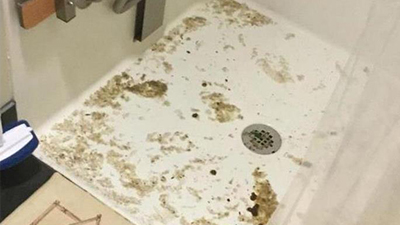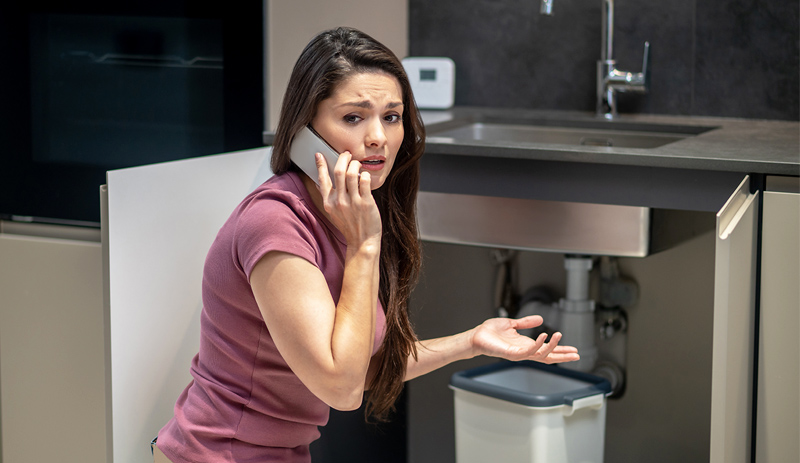
Slow draining bathtubs and shower drains generally get blocked by clogs of hair and soap scum that build up on the walls of the drain. The problem will generally get worse over time, if it’s not dealt with properly. The problem can be prevented or minimized by buying a drain guard to catch hair and other items. The average homeowner can tackle this, but it requires the correct tools.

Slow draining bathtubs and shower drains generally get blocked by clogs of hair and soap scum that build up on the walls of the drain. The problem will generally get worse over time, if it’s not dealt with properly. The problem can be prevented or minimized by buying a drain guard to catch hair and other items. The average homeowner can tackle this, but it requires the correct tools.
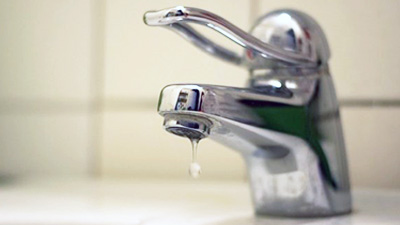
This problem is normally caused by a blockage that is restricting water flow. Your kitchen sink drain may contain things like congealed fat and food remnants. In a bathroom sink, the blockage is more likely to be caused by knotted hair and soap scum.
If the problem isn't tackled, then it will likely worsen over time, and eventually, the drain can become completely blocked.
Note: Chemicals can cause damage to your drainage pipes, so we recommend not resorting to this method to help clear out drains in your home. Shower drains are prone to getting clogged by hair and soap scum. The problem can be especially acute if the users have longer hair which causes large knots. There are drain strainers you can get that can help to prevent problems from developing by catching the hair before it goes down the drain.
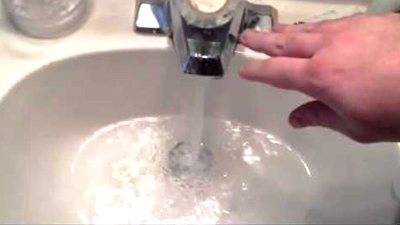
A running toilet can lose up to 200 gallons of water each day. The most common culprit is a faulty flapper valve that controls the water that passes from the tank to the bowl. This is a fairly straightforward fix with a toilet repair kit available at any hardware store. If the flapper isn’t the issue, it may be the toilet fill valve that needs to be replaced.
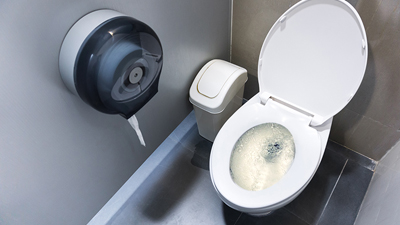
This problem is normally caused by a blockage that is restricting water flow. Your kitchen sink drain may contain things like congealed fat and food remnants. In a bathroom sink, the blockage is more likely to be caused by knotted hair and soap scum.
If the problem isn't tackled, then it will likely worsen over time, and eventually, the drain can become completely blocked.
Note: Chemicals can cause damage to your drainage pipes, so we recommend not resorting to this method to help clear out drains in your home. Shower drains are prone to getting clogged by hair and soap scum. The problem can be especially acute if the users have longer hair which causes large knots. There are drain strainers you can get that can help to prevent problems from developing by catching the hair before it goes down the drain.

Leaky pipes can be more than just a nuisance, they can cause damage to your floors, walls, and furniture. The dampness can encourage mold to grow, as well as attract bugs. Leaks almost always happen at the pipe joints. Tape, compounds, and fillers can often provide a temporary fix, but for something more permanent replace a piece of pipe or the related fittings.
Leaks are more common in the winter when water can freeze, expand, and cause pipes to burst. Here are some other common areas where you can find leaks in your home.
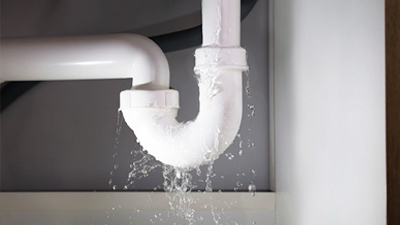
If your water trickles out of the tap this may be a result of low water pressure. This is often a problem in older homes. Low water pressure can be caused by leaking pipes that have become broken, worn, or corroded over time. More often than not, it's caused by a build-up of sediment and mineral deposits on aerators. You can soak the aerator in vinegar to clean it. If it's the shower that's the problem, then you need to either soak the showerhead in vinegar or simply replace it.
If the low water pressure seems to be throughout the whole house, that is usually due to a bad pressure regulating valve (PRV) that may need to be replaced or adjusted with the help of a licensed plumber.

Garbage disposals are very useful appliances, but they do get jammed. Running them without water, disposing of certain food substances such as potato peels or corn husks, or allowing silverware to get inside can all cause problems. It’s best to throw as much as you can into the garbage and not put things down the garbage disposal.
If you flip the switch on your disposal and aren’t hearing it turn on, try hitting the reset button on the bottom of the unit under your sink. If you hear it turn on and it is buzzing, but nothing is moving, then you can try and use the key that comes with the garbage disposal, or a 1/4 inch Allen wrench to move it back and forth to free the motor of debris or items that are jammed in it.
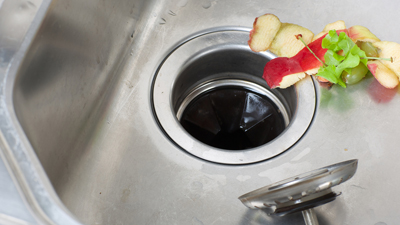
You may not discover a problem with your water heater until you are in the shower and the water suddenly goes cold. There are multiple issues that can cause a water heater to fail. The pilot light may go out, the build-up of sediment in the tank can also cause problems. Sometimes the water heater is old and not functioning well or has a leak.
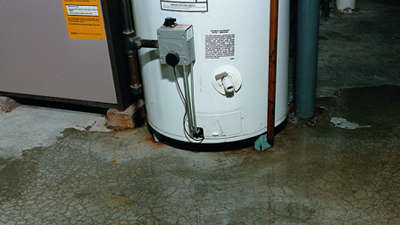
Sewer system backups are, frankly, a nightmare. They are smelly, nasty, inconvenient, and can be expensive to fix. If you have multiple drains and toilets not working and a bad odor of human waste, this is likely your problem.
Responsibility for fixing the issue really depends on the location of the blockage. If it is on your property, then it's your problem. If it's out on the public road, then your local utility company should fix it. Unfortunately, you may have to pay for a plumber just to locate the blockage, though it's often worth calling your utility company first, as they won't charge you if it's their issue.
There are three common causes for a sewer system backup. You can have root intrusion, pipe belly, or pipe misalignment.
